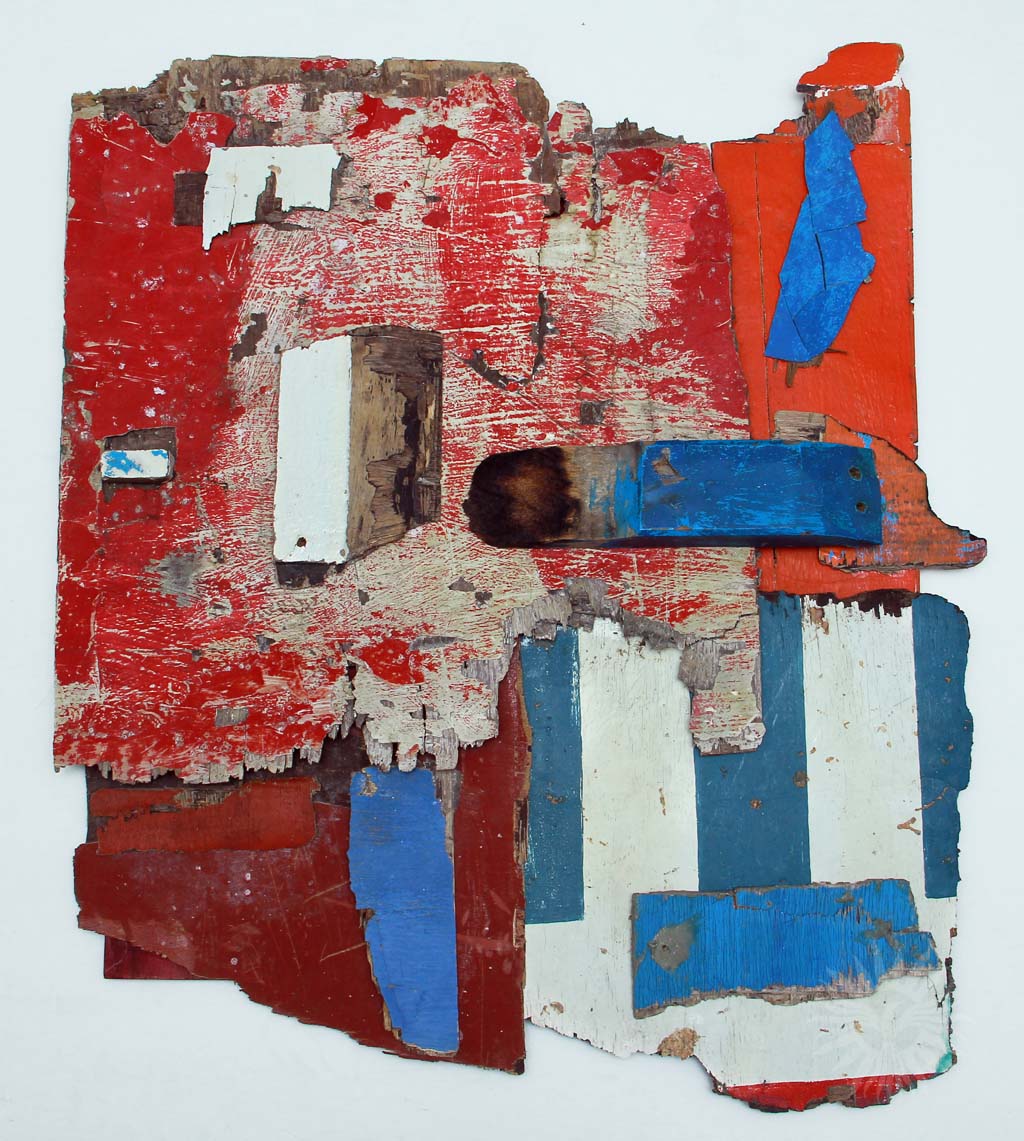Bangka: Homage to the Fisherfolk of the Philippines
June 18, 2018 - July 20, 2018
Jürg Casserini
Globe Art Gallery at The Globe Tower, 32nd corner 7th Avenue, Bonifacio Global City, Taguig
An homage typically involves the construction of grandeur. When memorializing or celebrating, the usual recourse is to build the monumental in a bid against our own mortality.For Swiss artist JürgCasserini, the approach to this homage is first taken through collecting things.
From his studio in Bohol, Casserini found himself fascinated with the broken parts of the bangka(a fishing boat commonly used in the archipelagos of Southeast Asia) that washed ashore. “Every year, hundreds of bangkas are destroyed by typhoons or even tsunamis,” he writes in his artist statement. The parts are then carefully collected, washed, cleaned of sand and debris, but they are never repainted or restored. “All the pieces are carefully kept natural as discovered and collected on many beaches and shores,” he adds.
Despite being framed as gallery pieces,his allegiance to the material conditions of these found objects are part ofCasserini’sdesire to tell a story of vessels lost to time, turbulence, and thenatural disasters regularly experiencedwhen one is at the mercy ofopen waters.Each piece bears a narrative beyond the everyday lives of the country’s humblest and most hardworking citizens –of transport, of hours spent at sea, and in Casserini’s initiative to collect, their eventual depreciation and loss.
In this framework, collage becomes a means to speak not only of the monumental, but against it. Challenging any illusions of Philippines as an idyllic tropical paradise, in their brightly colored formations, appear to underscore the place of the fishing boat within the complex political economy of a third world country’s food supply. As a humble vessel for dwelling, transport, and harvesting food, the bangkais an object of incalculable worth. Barely visible from an aerial perspective, it is difficult to grasp how such a small thing can be tasked not only with bringing in the day’s catch, but with bearing the histories of an archipelago and its people, descended from seafarers.
In many ways, the bangka can also be seen as a hopeful metaphor for this nation, with Casserini’s flag-like homages acting as portraits of everyday life on an archipelago. Against the uncertainty of open seas and an uncaring environment, it pushes forward andremains afloat. And, in Casserini’s hands or otherwise,the bangka can always be repaired, repainted, and reborn.
